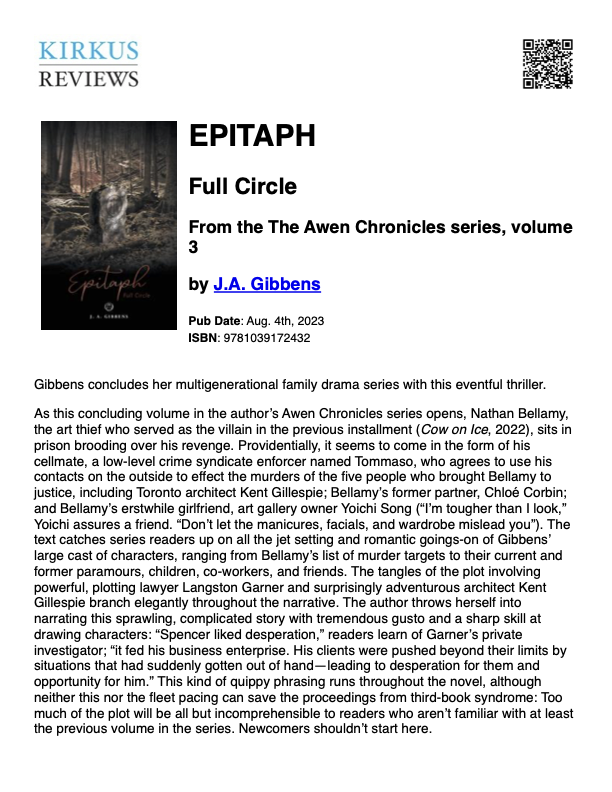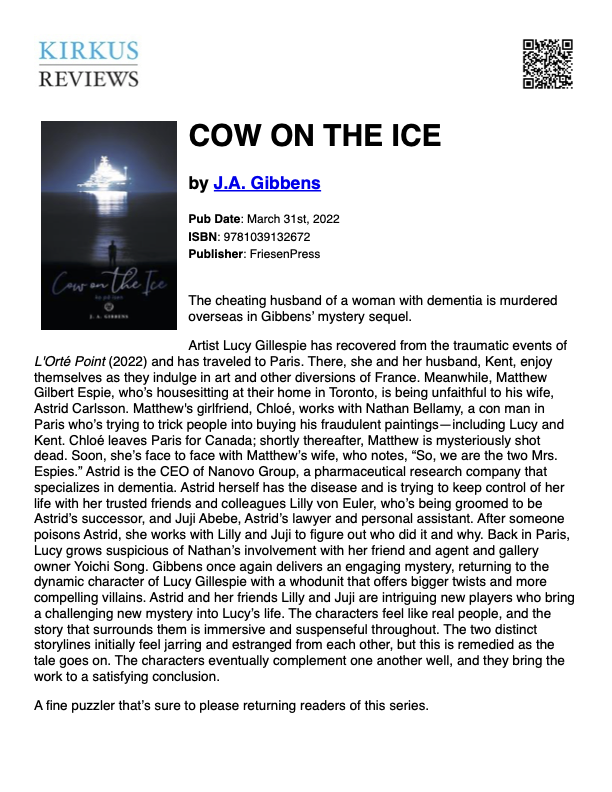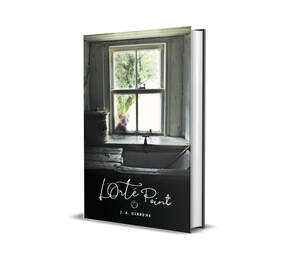|
(The Awen Chronicles, Book #1: L'Orté Point) Chapter 0 Crossing the Rubicon Experience is the teacher of all things. —Julius Caesar 1979, north-west Lake Erie . . . In his eagerness, Caesar fumbled with the last few buttons, then removed his flannel shirt, exposing well-tanned muscular arms and torso. He was a rustic vision of a young man approaching his prime and suffering an eagerness he needed to quell. Regaining his focus, he gave little thought to consequences but for one: a death, though not his own.
He took great care in folding his shirt before placing it atop the well-worn leather shoes and skilfully darned socks already nestled within the old, brown paper bag brought for this purpose. He strained to see the small boat off in the distance, beyond the marsh that framed this region of the bay. The morning fog yet enshrouded them but would burn off with the advance of the day. After taking care to fold his trousers, he placed them with the other items, momentarily paused in thought, then stood to remove his underwear as well. He added the item to the others in the bag. The dilapidated shed in which he had disrobed was beyond repair, having suffered from disuse for the past several seasons. He placed the bag containing his items of clothing out of sight, behind what was once the top of a table, now broken and left leaning against a well- weathered wall. Nearby was another bag he had brought with him. This one contained a couple of clean, dry towels. He thrust his hand into this second bag and felt for the object secreted within the folds of one of the towels. The knife he removed was a Bowie. He had found it amid debris at one of the scrap metal yards, claimed it as his own, and told no one. It was old and had been encrusted with an oxide the colour of ox blood. But careful grinding on a fine grit wheel and a blade polishing with a good stone had restored a fine edge. No longer rusted, it nevertheless remained old, but now it had a promising future—one that would hold great significance for Caesar. Naked but for the knife, he should have been chilled. But his plan had been smouldering for many months—perhaps it had been years already—and now a fire burned within him, one that even the frigid water could not douse. He picked his way through the reeds and cattails as he headed a scant distance further, toward an old duck blind that would serve to mark the location for his return. Though the little boat was a great way from shore, he took care not to make a sound, lest its sole occupant become forewarned. Sound travels well in fog, and so too would Caesar. He secured the knife in his mouth, and without making a sound he slipped into the water and began his swim toward the boat. His strokes were long, strong and sure. His breathing remained regular and deep, keeping in pace with the movement of his arms. Each stroke brought him closer to his target, and he fought against the mounting nervous excitement sneaking up on him. Eventually, the form of the boat’s sole occupant became distinct, and Caesar worried for a moment that he might be seen on his approach. A fishing pole was set on the starboard side of the little dinghy. The man moved as if to retrieve something from the bait bucket hanging from the port side, toward the stern. He withdrew a bottle from the bucket, opened it, and took a swig . . . and then another . . . Caesar smiled, but in doing so he lost the knife he had gripped by his teeth. It disappeared into the water weeds, likely embedding itself in the mud in which they were anchored. His prized possession, the symbol of this event, was lost to him. He reaffirmed his commitment to his cause and continued his swim, made somewhat easier now by the absence of the knife. While he swam, he reconsidered other plans he had devised, other means by which he might achieve his end. When he determined he was within striking distance of his target, Caesar reassessed his position. Confident that when the time was right his way forward would become apparent, he treaded water in silence, his strong legs maintaining his position in the water despite the poor buoyancy of his lean torso. He watched as the man drank deeply from a bottle yet again . . . then flung it away at random. It splashed down near Caesar, and he stared at the slivovitz label gradually disappearing from view as the bottle filled with water and sank. The old man appeared to reach for something—another bottle of the potent plum brandy perhaps—and as he unscrewed the top, the tip of his fishing pole bobbed. Visibly excited at getting a bite, he grabbed for the pole before securing the top back onto the bottle, losing both his potential fish catch and a quantity of liquor, as it was apparent that the bottle had tipped and was likely to have lost much of its content. “Baszd meg . . . ” the old man growled, swearing in Hungarian. From his watery lookout, Caesar continued his observation even as the codger stood to relieve himself. The wiry form appeared to stumble over his own feet and struggled to release the zipper of the fly closure on his trousers, revealing his thickly scarred member. Caesar didn’t need to see it in order to know. This short distance was his Rubicon; once committed to an action, there would be no going back. Caesar moved as a pike intent on its prey. These actions had played so often in his mind that they had become instinctive. A few deft strokes brought him to the starboard side of the boat, and a strong kick and a lifetime of determination raised Caesar out of the water high enough to grab hold of the gunwale, his weight then causing the side of the boat to tip downward. There was nothing to indicate that the old man was aware of Caesar’s involvement in his sudden imbalance. There was more swearing in Hungarian before the aged boater’s efforts to steady himself instead caused him to topple into the water. The bait bucket was tethered on the opposite side of the boat, but in all his years on earth, he’d never before seen the need to learn how to swim. The other side of the boat might as well have been the distant shore for all the likelihood he had of reaching it. After a few frantic moments of panic and disbelief, his ineffective attempt to remain afloat came to an end, and he sank amid a tangle of water weeds. As the old man sank into the murky depths, his eyes turned upward and met Caesar’s triumphant gaze. Caesar remained floating above the spot awhile longer, transfixed by the sight of the pallid form now far beneath him. It was done.
0 Comments
L'ORTÉ POINT |
Archives
October 2023
Categories |



 RSS Feed
RSS Feed
